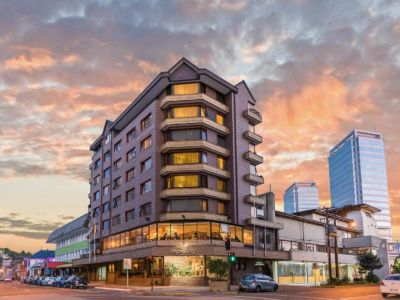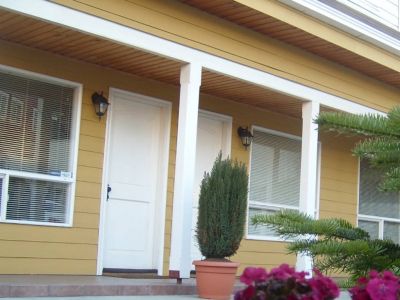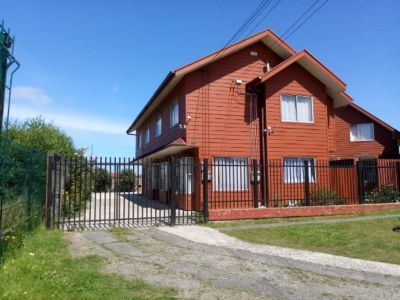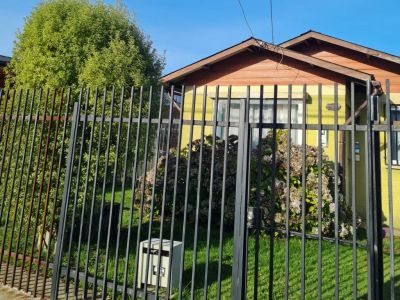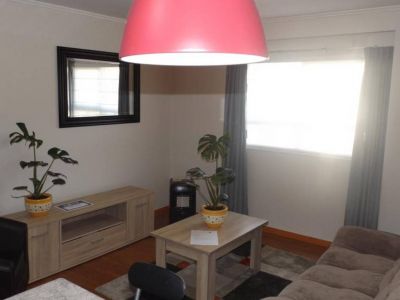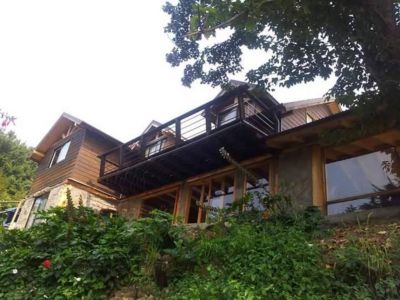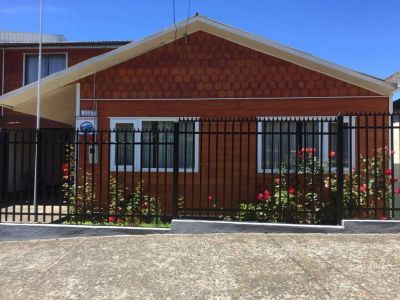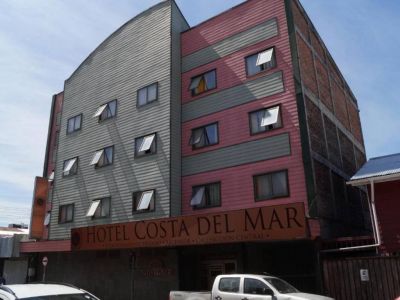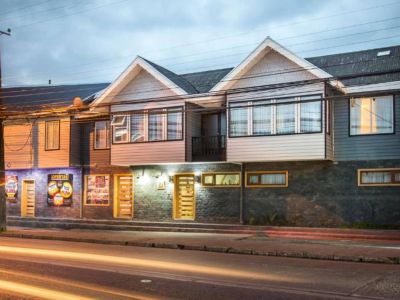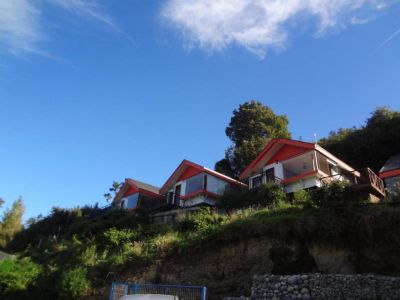The blue storm clouds were moving away from Puerto Montt City towards the East. As soon as they left, we felt like walking around the city and especially like sailing to the Chiloé Archipelago. This huge island is the continuation of the coast mountain range. To the north, it is separated from the continent by the Chacao Channel, and to the East, by the Ancud and Corcavado Gulfs. It is important to know that this mythical place locks most of the colonizing history of Chile and a unique natural scenery. We traveled 60 km from Puerto Montt to Pargua, where we took a ferry to the island. Nowadays, there are two companies which cross the channel towards Chiloé. Transmarchilay is one of them, and it has four ferries of great length. They are Camahueto, Fiura, Cal Cal and Llacolén. The other one is the shipping company called Cruz del Sur, which also has four ferries: Don Juan, Alonso de Ercilla, Gov. Figueroa and Bertina.
Crossing from Puerto Montt to Chiloé
The regular crossing service is from 7 am to 11.30 pm. The frequency is every 15/20 minutes approximately, and the complete crossing takes about half an hour. After 11.30 pm, ferries leave every hour. The Chacao Channel is considered the access gate to the past of the world by many biologists, because once on the island, tourists can visit the Chiloé National Park, one of the few forest areas that keep the primitive features of the flora and fauna. The warm and humid weather makes the forest to have an evergreen aspect, which includes olivillos, coihues, myrtles and alerces. The fauna is made up by foxes, sea lions, sea otters, pudú and Patagonian woodpeckers. We waited our turn and in a few minutes we were on the ferry waiting to be taken to the island. The ferry goes past Carelmapu, a small village in front of the channel, known because of the celebrations in honor of the Candelaria Virgin, its church and its beach. If visitors arrive on a private boat and sail eastwards, they can reach the Ancud Gulf, going past Caulín City, where oyster dishes are offered at typical restaurants. The oyster farms can be seen from the shore. Expectantly, we looked at the other side of the coast. We were aware that we could learn most of the history of the trans-Andean country there and enjoy the peace of nature. We could walk along several kilometers on its fine sandy beaches and admire the sunset in the far Pacific horizon. Finally, we sailed towards the giant land mass emerging above the turbulent waters, but that is a different story.
Marcelo Sola
Jorge González
Contact of the excursion or tour
Transmarchilay
Canal de Chacao – Arturo Prat 100 Pargua, Puerto Montt, X Región, Chile
Naviera Cruz del Sur Ltda
Chacabuco 672 – Ancud, Puerto Montt, X Región, Chile

















